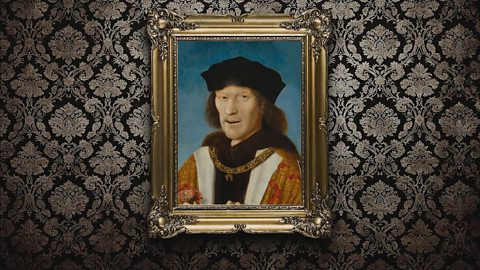The Age of the Princes
Most of the information we have today about the Princes of Wales comes from a manuscript called ÔÇİBrut y TywysogionÔÇÖ.
ÔÇİBrut y TywysogionÔÇÖ tells the story of the Princes of Wales from 682 to 1282 ÔÇô 600 years of history.
By around 1086, the Normans had completely conquered England, but it took them several centuries to conquer the whole of Wales.
During this time, the Age of the Princes (1063-1283), the Welsh had many strong and important leaders.
Background
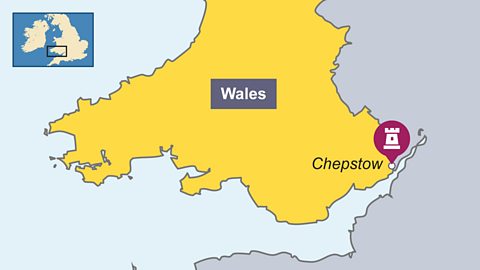
The Normans came to Wales from France and were the first people to conquer Wales successfully since the Romans. It took them 200 years to succeed.
In 1066, William the Conqueror came from Normandy in France to conquer the lands of the Anglo-Saxons.
One of the first things he did was to build castles along the border between England and Wales, and along the south Wales coast.The Normans wanted to conquer Wales in its entirety.
One example of these castles is Chepstow Castle.
But the leaders of the small kingdoms that existed in Wales at the time had different plans, namely, to fight the Normans.
In one battle, Gwenllian ferch Gruffydd lost her head as she led an army against the Normans in Kidwelly in 1136. Although she died in the battle, she inspired the Welsh to further rebel, and her son Lord Rhys became one of WalesÔÇÖ strongest leaders.

Video - The Princes of Wales
Lord Rhys (c. 1134-1197)
Rhys ap Gruffudd was a prince of an area called Deheubarth, one of the Welsh kingdoms. Rhys ap Gruffudd eventually became known as Lord Rhys.
Rhys ap GruffuddÔÇÖs parents were:
- Gruffudd ap Rhys (prince of a part of Deheubarth)
- Gwenllian ferch Gruffudd (Owain GwyneddÔÇÖs sister)
Henry II, the King of England, attacked Deheubarth four times to try and keep Rhys under control. Eventually, Henry II and Rhys came to an understanding after Rhys gave two of his sons to the King as hostages, and Rhys kept his kingdom.
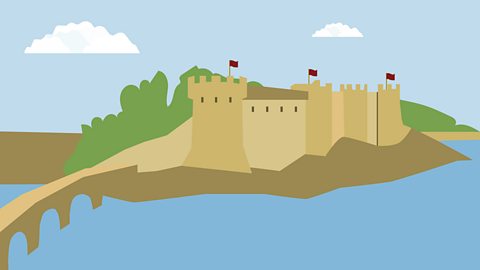
Rhys celebrated the completion of the reconstruction of Cardigan Castle in stone in 1176 with a grand Christmas festival. This was the first ÔÇİeisteddfodÔÇÖ in Welsh history.
Lord Rhys was a talented and astute prince. He loved the arts and was a brave warrior.
But during his final years his ambitious sons rebelled against him, and after his death, the principality of Deheubarth was shared between them.
Way of life
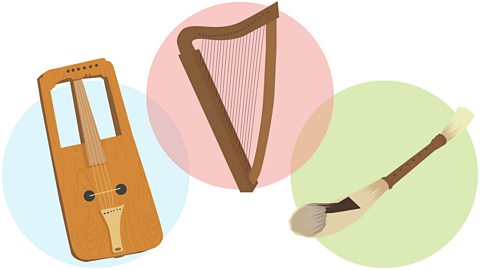
Dress
Dressing in the right way was important to the Princes of Wales.
Their clothes were made of the most expensive and fine materials. They used something called heraldry; a special dress worn by certain families.
They often decorated their costumes with pictures that linked them to brave people who had worn them in the past, for example a picture of furious lion.
This ensured that they looked very brave and important.
Poets
The Princes of Wales paid poets to sing and recite poems about them.
Each prince had his own personal poet, who lived in court with him so that he could sing about the life and character of the prince.
The poets performed their poems to the accompaniment of the crwth, harp and pibgorn. People would then recite the poems outside the court, as a way of spreading news about the prince and for people to learn how wonderful their leaders were.

Religion
Religion was very important to the Princes of Wales.
In the Age of the Princes, if people had enough money, they paid someone to pray for them.
The princes also paid for churches and monasteries to try and secure a place in heaven.
They could also pay to be buried in a holy place.
Llywelyn ap Iorwerth (c. 1173-1240)
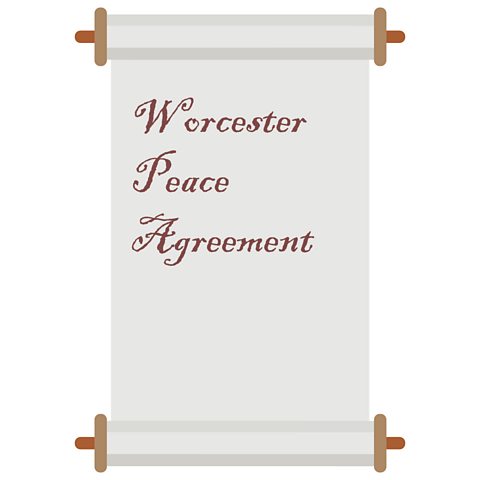
Another famous Welsh Prince was Llywelyn ap Iorwerth. He was born at Dolwyddelan Castle in 1173.
He was a prince of Gwynedd but wanted to be a prince on the whole of Wales. To do this, he had to gain the kingdom of Deheubarth.
Llywelyn received the support of the king of England when he married King JohnÔÇÖs daughter Joan in 1205. But King John wasnÔÇÖt happy when Llywelyn won the Powys area in 1208, so the king attacked Gwynedd in 1211 and 1212.
But Llywelyn regained his lands and retained his status in Gwynedd and elsewhere in Wales. In a ÔÇİparliamentÔÇÖ in Aberdyfi in 1216, Llywelyn called the princes of Wales together to pay homage to him, that is, they had to recognise that Llywelyn was the leader of them all.
In 1218, in the Worcester Treaty, Henry II also had to recognise that Llywelyn I was WalesÔÇÖ leading prince.
Llywelyn won the title ÔÇİLlywelyn the GreatÔÇÖ, which inspired the career of his grandson, Llywelyn ap Gruffudd.

Llywelyn ap Gruffydd (c. 1230-1282)
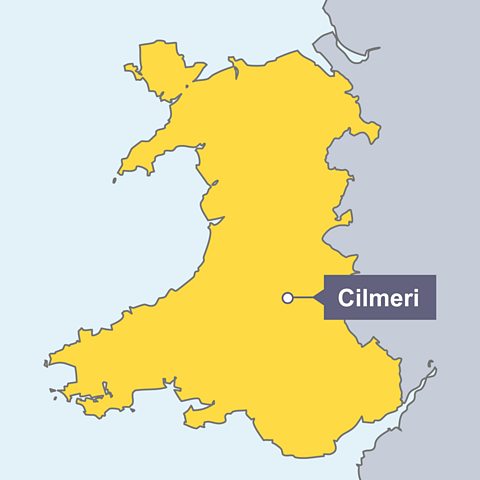
When Llywelyn the Great died, his property, wealth and lands were divided equally between his four sons.
His sons were not very good at sharing, and one of them, Gruffydd, was jailed for 15 years by his brother. Gruffydd died trying to escape from prison.
GruffyddÔÇÖs son, a man called Llywelyn ap Gruffydd, was very angry about this. So he imprisoned anyone who would be in competition with him. In doing so, he regained the authority and power of his grandfather, Llywelyn the Great.
In 1267, Llywelyn ap Gruffydd was recognised as the Prince of Wales as a whole, unifying all the kingdoms into one nation.
In the end, Llywelyn got into trouble between 1272 and 1277, and when Llywelyn refused to attend the coronation ceremony of Edward I, and recognised him as his king, Edward attacked him.
In a fight in Cilmeri, near Builth Wells, on 11 December 1282, Llywelyn ap Gruffydd was killed and the independence of the Age of the Princes ended.
This was Llywelyn the Last.

Quiz: True or False?
Maths 8-11
Videos and activities
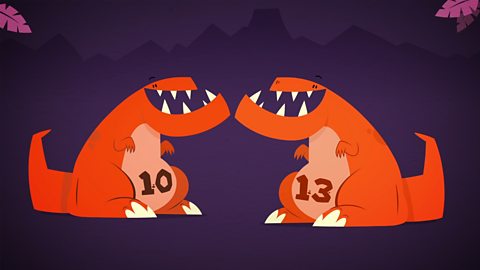
Welsh Second Language 8-11
Exciting videos and activities for learning Welsh
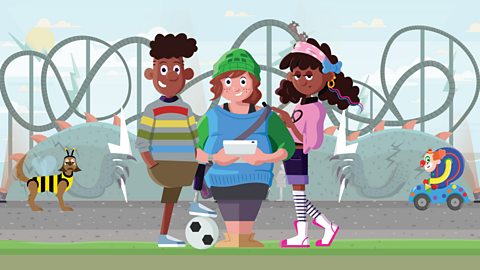
Sustainability 8-11
A collection of lessons for pupils aged between 8 and 11

More on History
Find out more by working through a topic
- count2 of 4
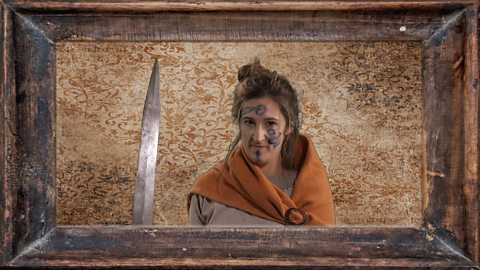
- count3 of 4
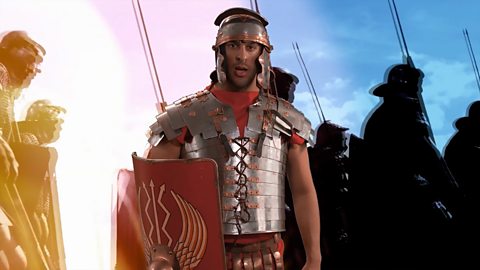
- count4 of 4
